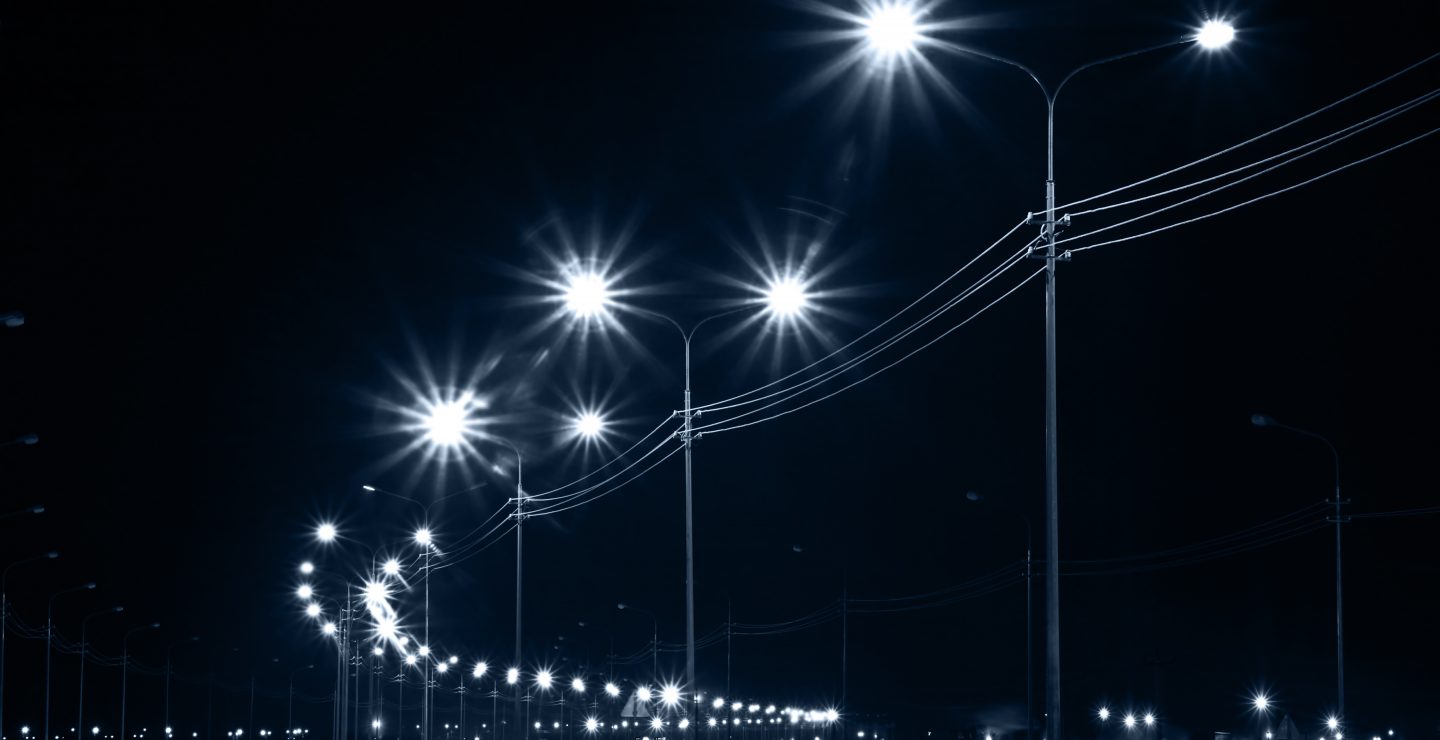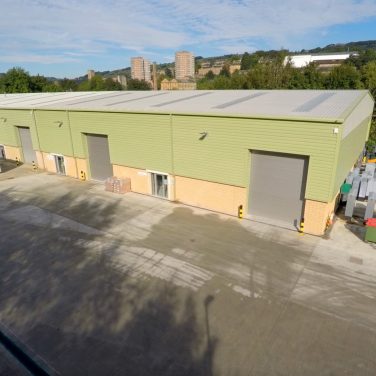Introduced over half a century ago, photocells were designed to automate the switching on/ off of streetlights to simultaneously reduce energy costs and increase efficiency. Since their debut, they have evolved somewhat to meet the growing landscape of urban furniture and the changes in technologies that have taken place over the years. They’re still an economical way to switch street and amenity lighting on and off; however this is now done in a number of different ways.
There are many reasons why illumination is required throughout the night. For some projects health & safety or security requirements dictate their need, where standard photocells are most commonly used. Others projects may only need to illuminate roads or streets for the most popular times of night. Part night photocells (such as our SS9 range) are the ideal solution to ensure streetlights provide illumination when it is required.
From standard photocells that simply switch on at dusk and switch off at dawn, to more intelligent solutions, Lucy Zodion’s large range of street lighting controls can meet most project requirements.
Types of photocells
One-Part – This refers to the construction of the photocell. All of the photo-electric control is housed in a single polycarbonate casing with a UV stabilised plastic cone. These are usually installed externally on top of the lantern, so are suitable for installation both at manufacture and retrofit.
Two-Part – Where all electrical components are placed in a single unit, for one-part photocells, two-part photocells com in (you guessed it) two parts. They usually place the sensor separately from the controller and are installed within the street lighting lantern to suit varying luminaire footprints.
Miniature – These are available as complete units, or in remote formats (similar to two part photocells). They are usually installed at manufacture, within the lantern itself and their small size overcomes the space challenges of smaller lantern design.
Amenity – These photocells are available in a range of types, but are not suitable for street lighting applications. They are most commonly used in residential, industrial and commercial settings where lighting control is required for outdoor security – especially in the darker months.
Photocell formats
NEMA – The ‘NEMA’ socket is partially defined in BS5972 and has become the de facto connector for most one-part photocells. The three connections are the incoming live, the switched live out, with a neutral connection (used only for powering the PECU).
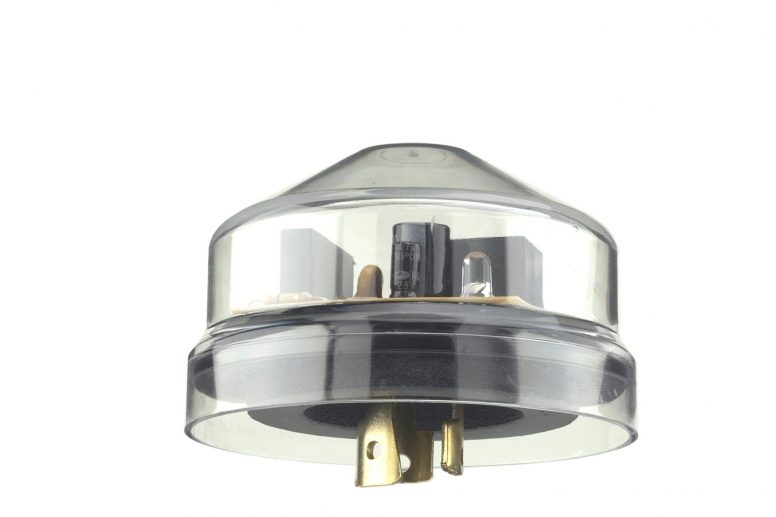
SS4D photocell with NEMA socket
Conduit – This allows for the direct mounting of a photocell onto a Ø20mm thread. Connection is made via wire leads. This arrangement is often used for ‘special’ photocells or where more than 3 connections are required.
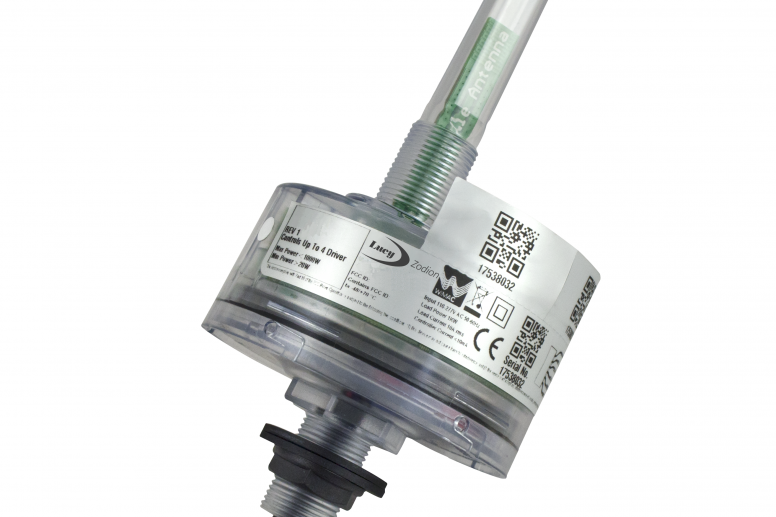
Vizion Conduit
Zhaga – Zhaga photocells consider the latest technical developments in LED streetlights. They fit a Ø20-22mm hole in the bulkhead of the luminaire, via the luminaire receptacle, and have a four pin contact interface, which means no wiring is required for quick and simple installation. Find out more about Zhaga photocells here
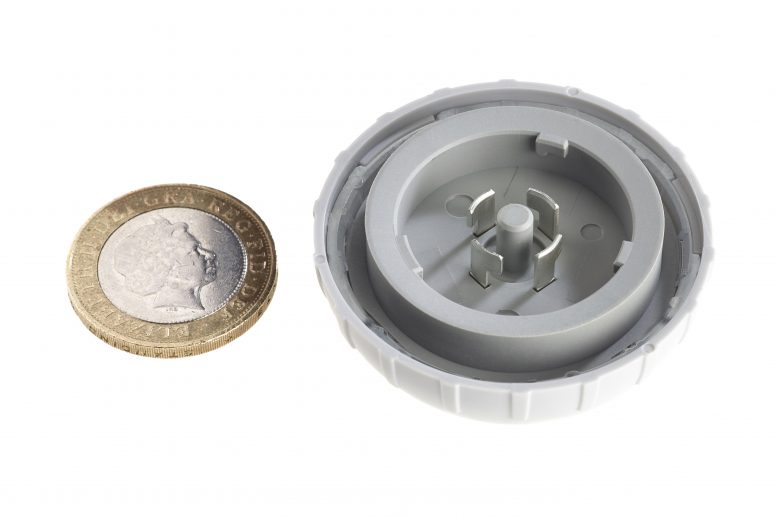
PrecizionHALO
Miniature – As most miniature photocells are integrated within the lantern itself, they require a slightly different connection format, where they are directly wired into the luminaire itself. Because of the integral installation, specific consideration is given to their operating temperature. It is possible for the internal temperature within a luminaire to surpass 100°C, so materials and design are carefully considered to achieve a reasonable lifespan.
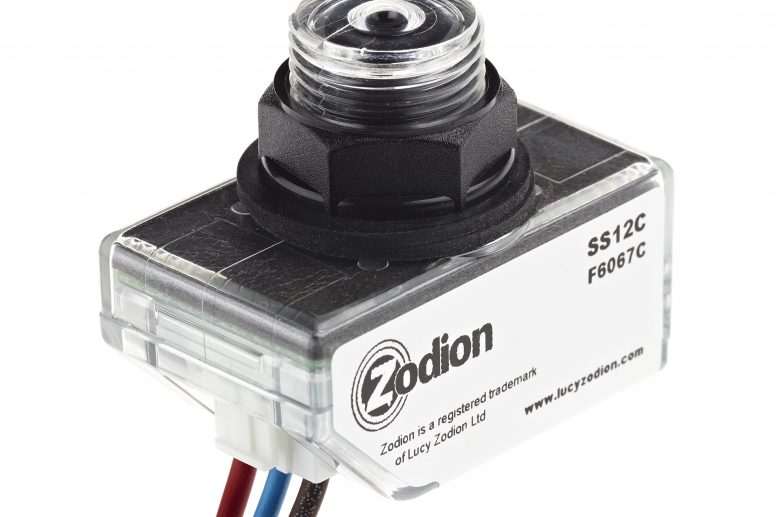
SS12CONNECT
Choosing a photocell that meets requirements
When choosing a photocell for your project it’s important to first consider the photocell format you require; this will be determined by type of luminaire/ streetlight. Once this is understood, you will have much more refined options.
Another consideration, when choosing a photocell, is for what you’d like the photocell to do. There’ll be certain switching regimes each photocell can work towards and their performance varies. For more information on burning hours, performance and they varying functions of photocells, please head to the related KnowHow articles below.
If you have any further questions about photocells, please take a look at our dedicated Technical Support FAQs, here.
